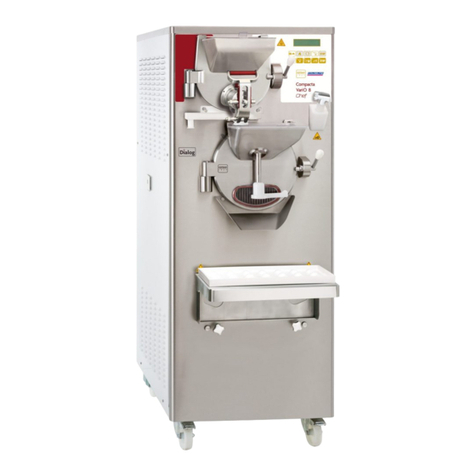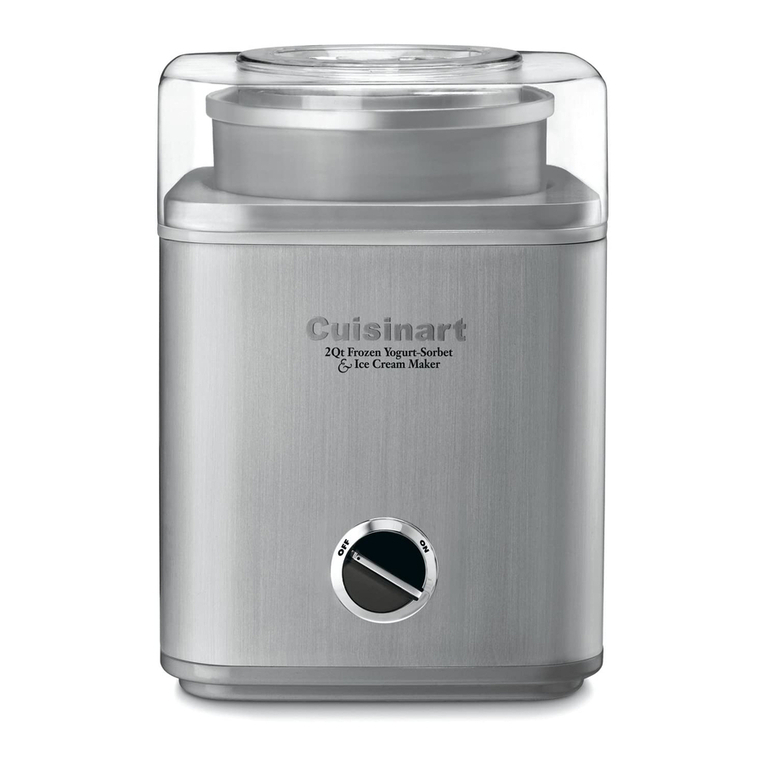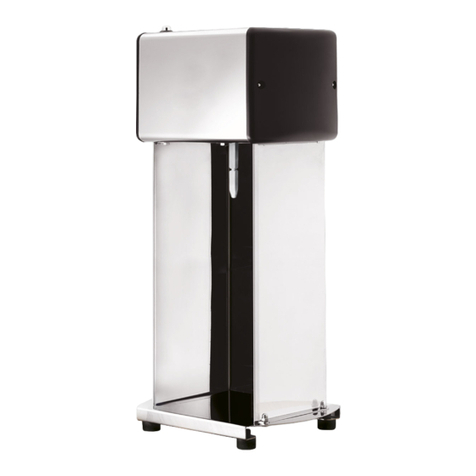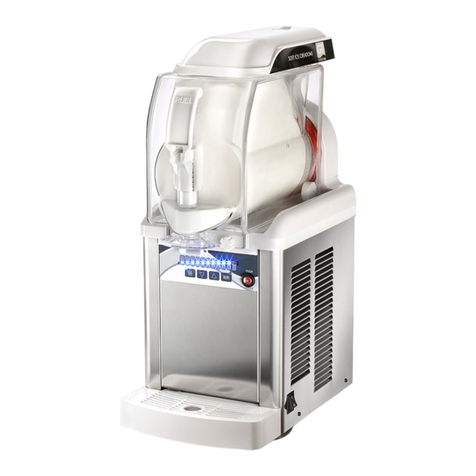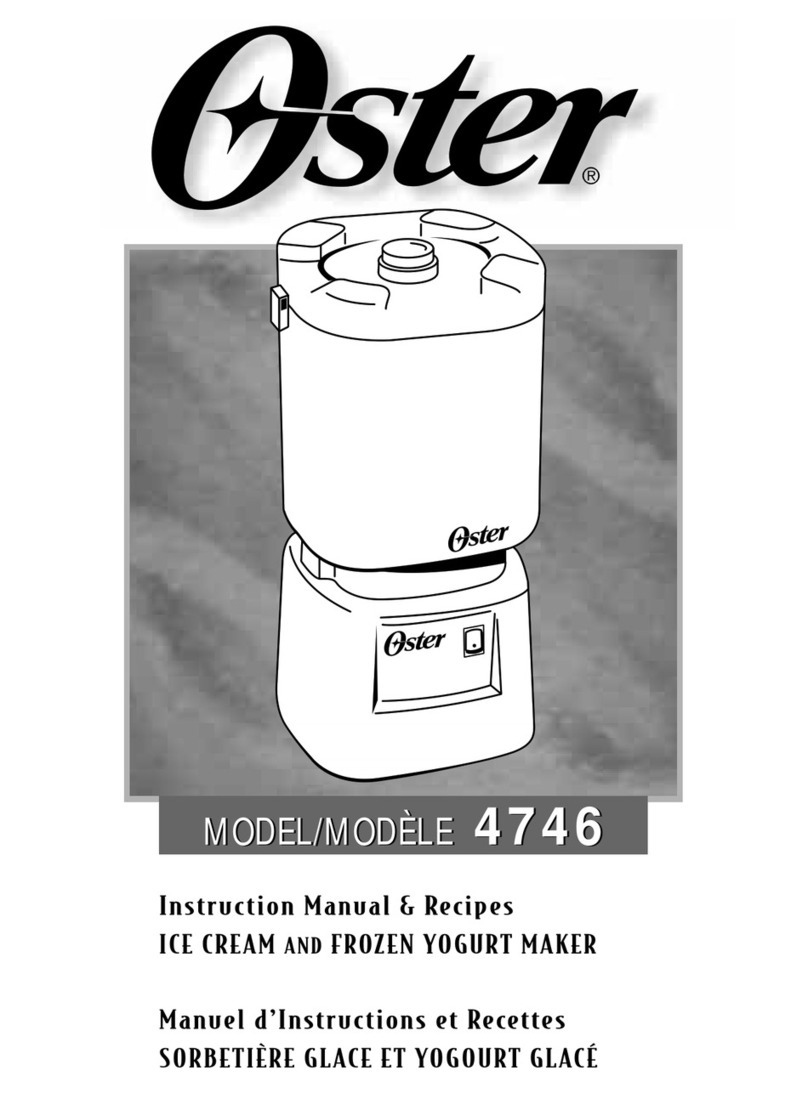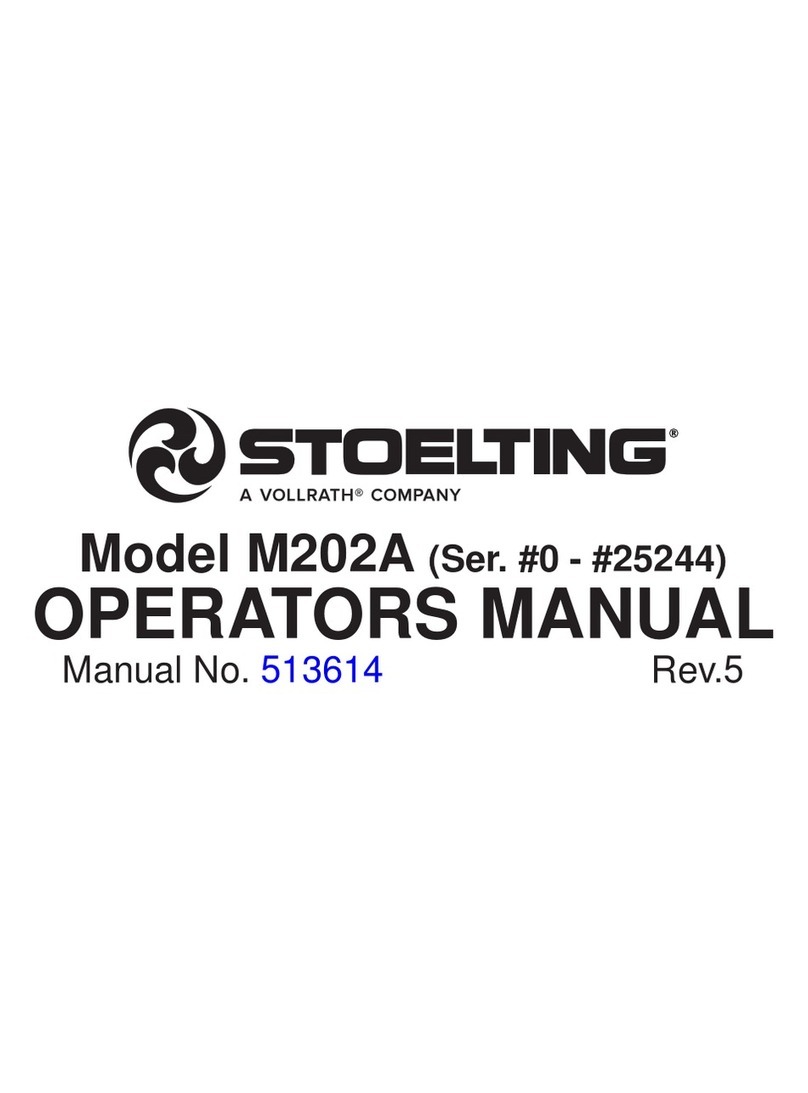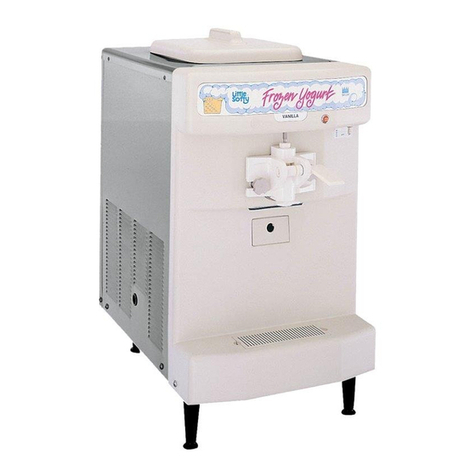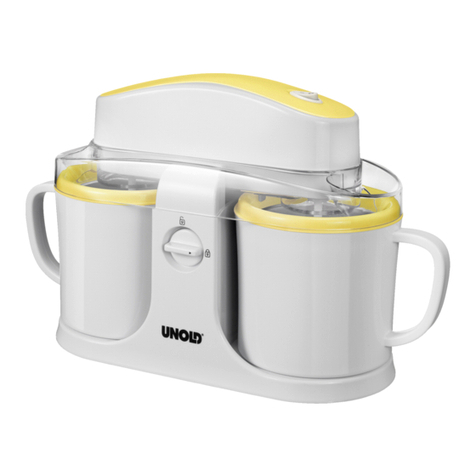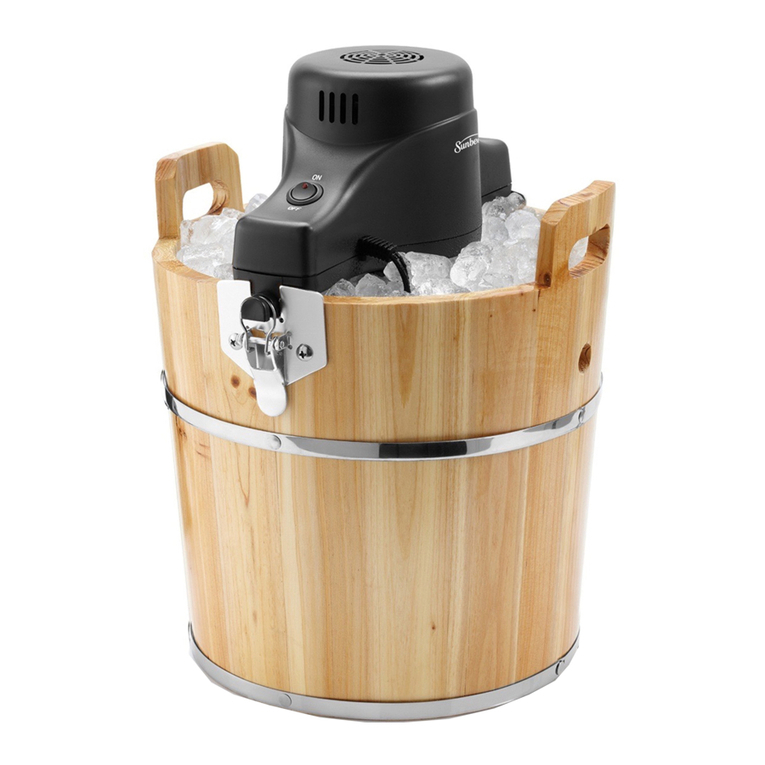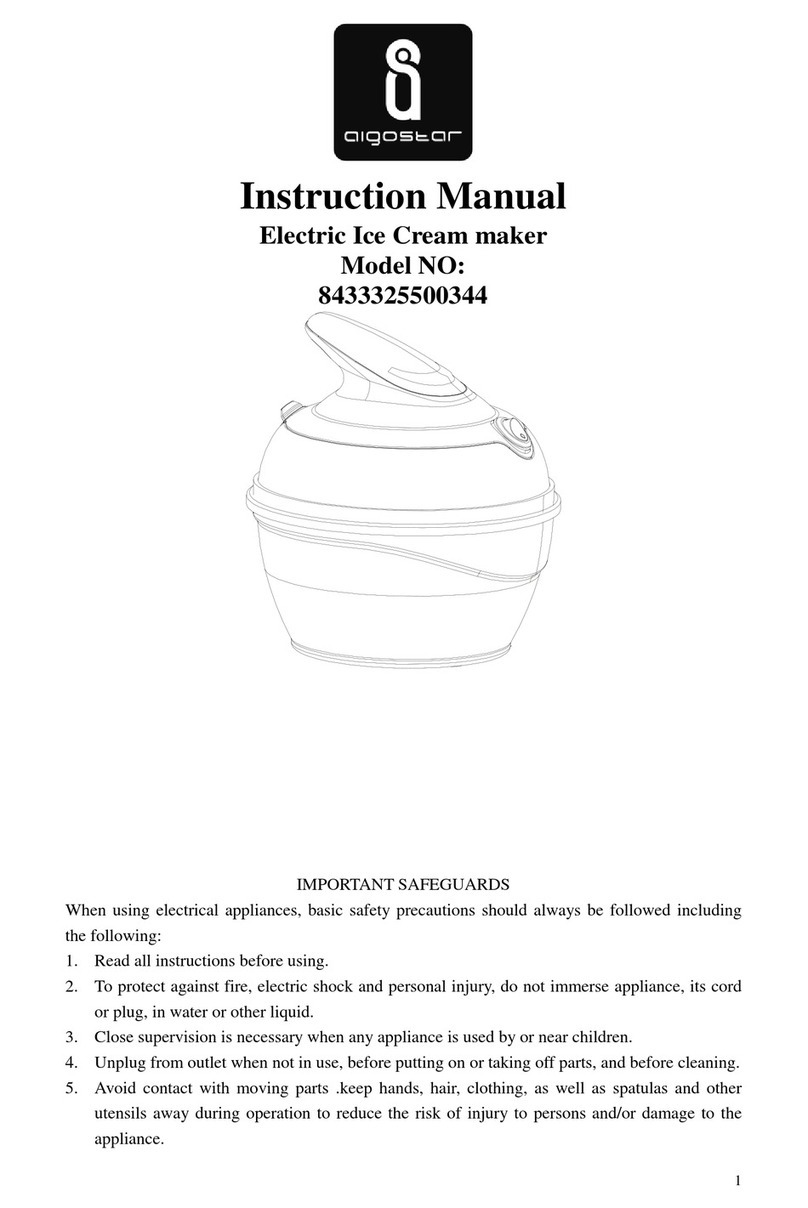WICHTIGE SICHERHEITSVORSCHRIFTEN
Lesen Sie aufmerksam die Gebrauchsanleitung, bevor Sie Ihr Gerät benutzen, und befolgen Sie
immer die Sicherheitsvorschriften und die Gebrauchsanweisung.
Wichtig: Personen (einschließlich Kinder), die aufgrund ihrer physischen, sensorischen oder
geistigen Fähigkeiten oder ihrer Unerfahrenheit oder Unkenntnis nicht in der Lage sind, das
Gerät sicher zu benutzen, sollten dieses Gerät nicht ohne Aufsicht oder Anweisung durch eine
verantwortliche Person benutzen. Kinder sollten beaufsichtigt werden, um sicherzustellen, dass
sie nicht mit dem Gerät spielen.
Kontrollieren Sie, ob die Netzspannung mit der auf dem Gerät vermerkten Spannung
übereinstimmt, bevor Sie das Gerät benutzen.
Lassen Sie Ihr Gerät niemals beim Gebrauch unbeaufsichtigt.
Überprüfen Sie regelmäßig, dass das Gerät nicht beschädigt ist. Bei Beschädigung der
Anschlussleitung oder des Gerätes, letzteres nicht benutzen, sondern von einem
Fachmann(*) überprüfen bzw. reparieren lassen. Eine beschädigte Anschlussleitung muss
von einem Fachmann(*) ausgewechselt werden, damit jede Gefahr gemieden wird.
Benutzen Sie das Gerät nur zu Haushaltszwecken, wie in der Bedienungsanleitung
angegeben.
Tauchen Sie das Gerät niemals in Wasser oder andere Flüssigkeiten, weder zum Reinigen,
noch zu einem anderen Zweck. Geben Sie das Gerät niemals in die Spülmaschine.
Benutzen Sie das Gerät nicht in der Nähe einer Wärmequelle.
Ziehen Sie den Stecker aus der Steckdose bevor Sie das Gerät reinigen oder wegräumen.
Während des Gerätebetriebs können alle sich bewegenden Teile eine Gefahrenquelle
darstellen. Halten Sie sich zur Vermeidung von Hautabschürfungen oder anderen Unfällen
immer an die folgenden Sicherheitsmaßnahmen:
-Handhaben Sie zur Vermeidung von Kälteverbrennungen den Kältebehälter nur mit
Handschuhen oder anderen Schutzmitteln, wenn er eingefroren ist.
-Benutzen Sie nur die gelieferten Gerätekomponenten.
-Berühren Sie während des Gerätelaufs nie die montierten Zubehörteile.
-Halten Sie nie die Klingen oder andere sich drehende Bauteile an; lassen Sie die Teile
im Behälter und warten Sie ab, bis dieselben aufgrund ihrer eigenen Trägheit zum
Stillstand kommen.
Achten Sie darauf, dass weder Wasser noch andere Flüssigkeiten in den Gerätekörper
eindringen und waschen Sie das Gerät nicht im Geschirrspüler. Sollte das Gerät nass
werden oder in Flüssigkeiten fallen, ziehen Sie sofort den Netzstecker aus, trocknen Sie es
sorgfältig ab und vergewissern Sie sich, dass keine Flüssigkeit ins Motorgehäuse
eingedrungen ist. Lassen Sie ggf. das Gerät von einem Fachmann überprüfen.
Benutzen Sie das Gerät nicht im Freien und bewahren Sie es an einem trockenen Platz auf.
Benutzen Sie nur Zubehör, welches vom Lieferanten empfohlen wurde. Anderes Zubehör
stellt eine Gefahr für den Benutzer dar und das Gerät könnte dadurch beschädigt
werden.
Ziehen Sie niemals an der Anschlussleitung um das Gerät zu bewegen. Stellen Sie das
Gerät bzw. den Gefrierbehälter auf eine stabile, ebene Fläche. Achten Sie darauf, dass
die Anschlussleitung nicht irgendwo hängen bleibt und dies zum Fall des Gerätes führen
könnte. Wickeln Sie die Anschlussleitung nicht um das Gerät oder knicken Sie diese nicht.
Halten Sie während des Betriebs die Hände, Haare und Kleidungsstücke von dem Behälter
fern, die mit den Drehteilen in Berührung kommen und sich daran verfangen können.
Stellen Sie die Eiscrememaschine nicht in den Kühl- oder Gefrierschrank: Nur der
Kältebehälter ist dafür geeignet.

